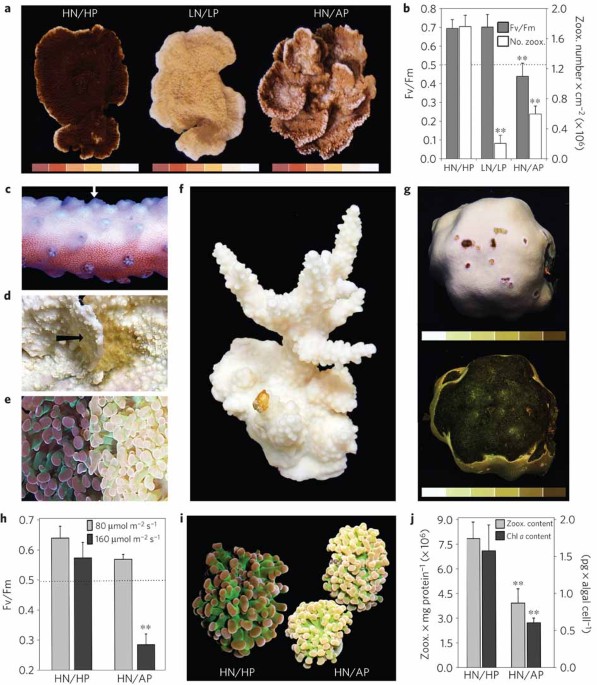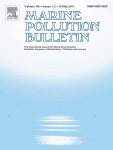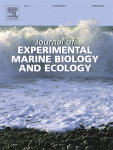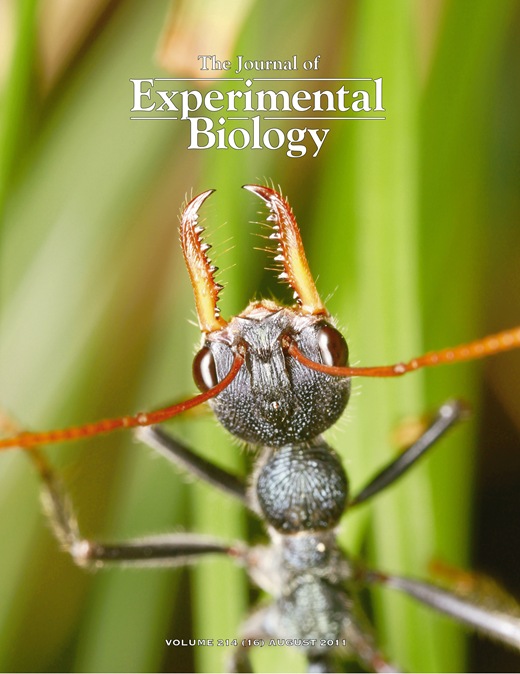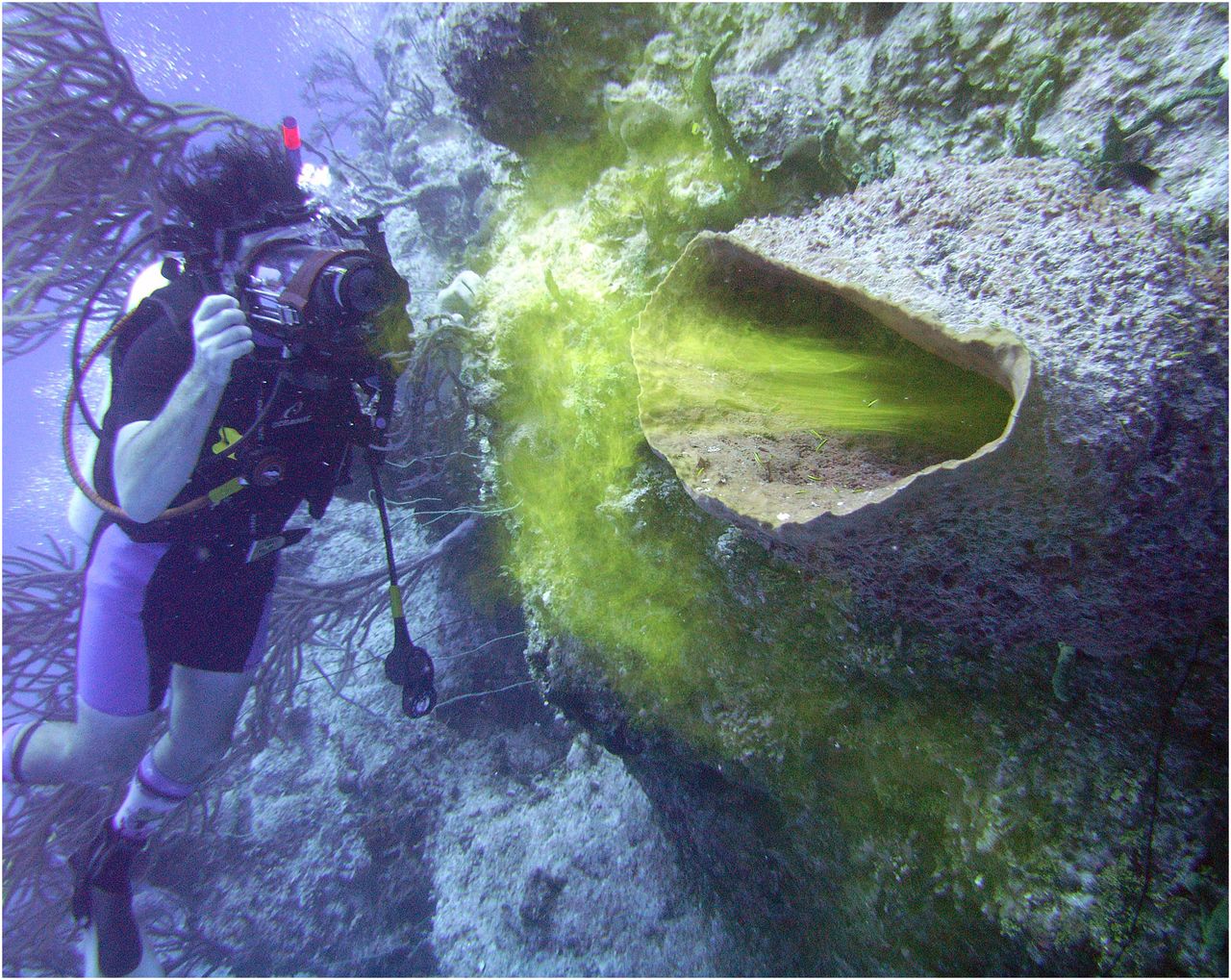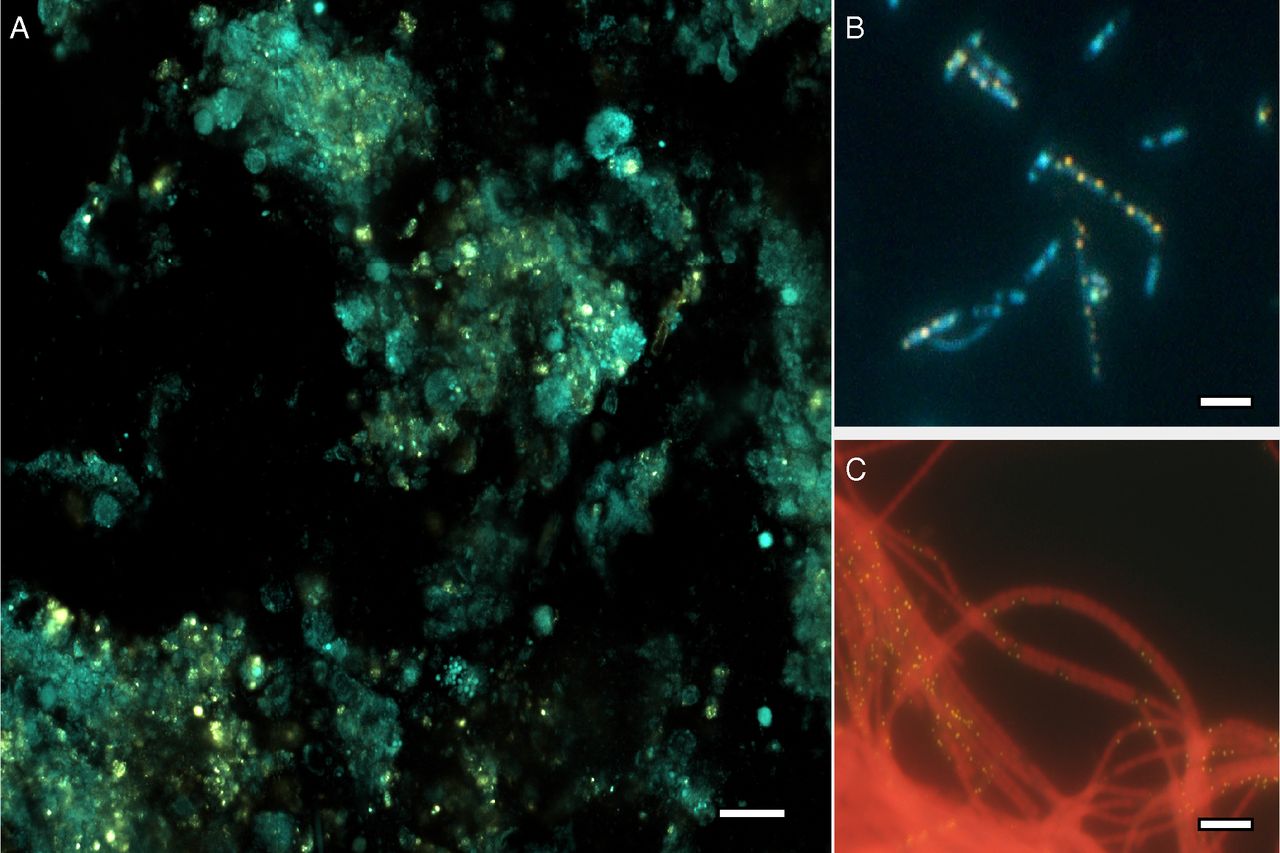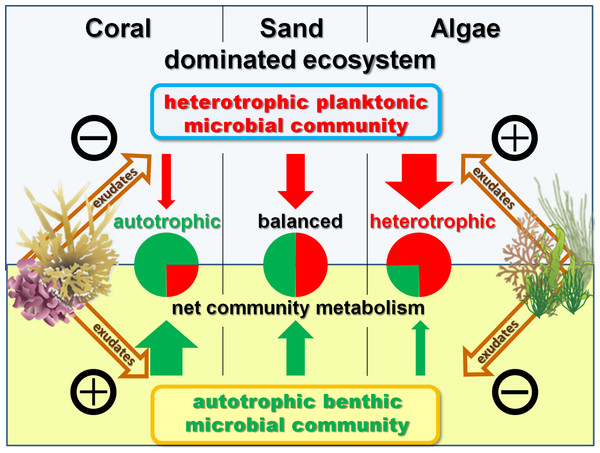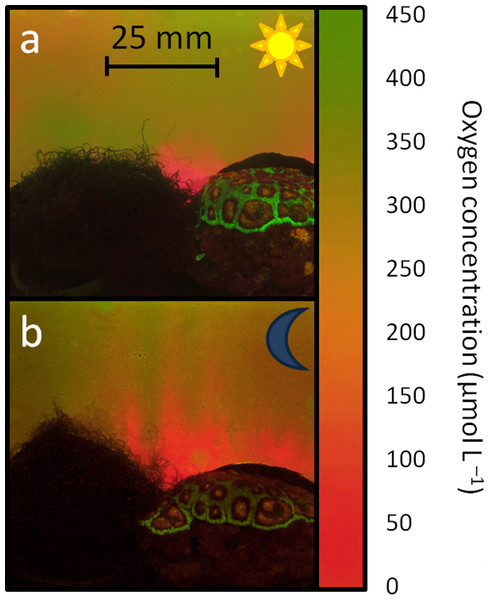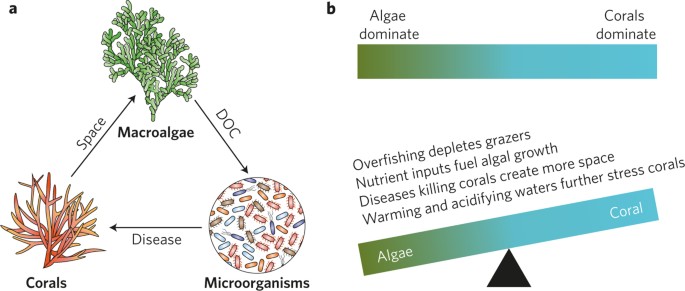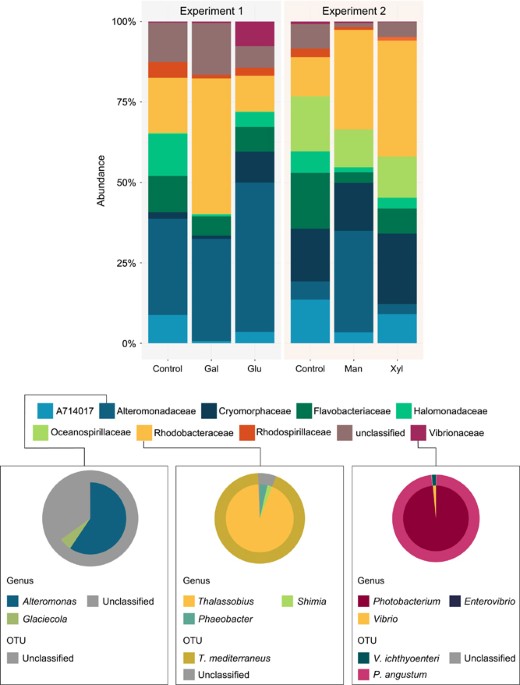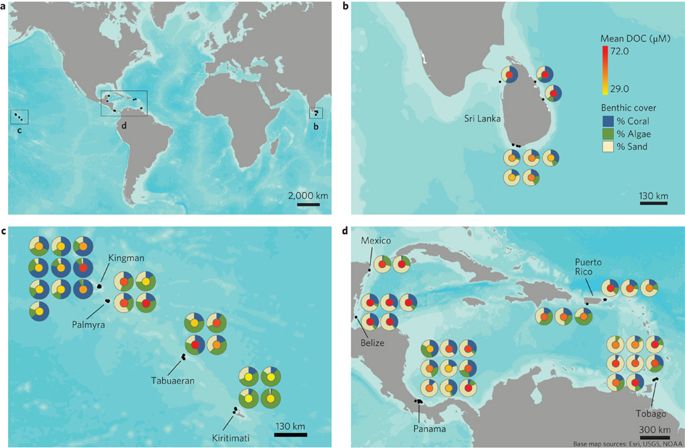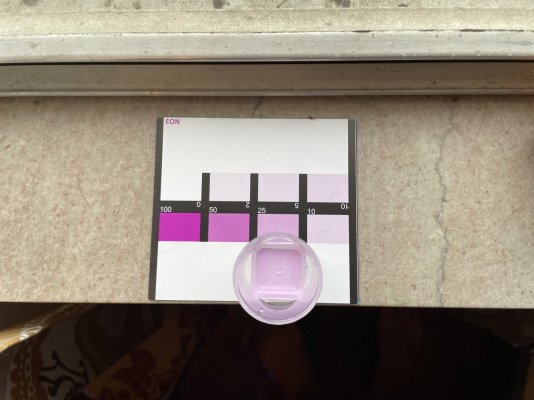- Joined
- Oct 18, 2018
- Messages
- 417
- Reaction score
- 593
Well said.This whole thread makes me sad... from a tank that is not being enjoyed to the absolute ridiculous advice to one reefer who does not practice what they preach and works off the backs of others with no experience calling out another for allegedly the same thing.
@Gobi-Wan, there are ways out of this, but they do not have any quick solutions, no magic tricks and will take some work. There are plenty of us who can help with this, but we don't subscribe to the internet mob approach to running a tank and deal with things which are usually short lived. I practice what I preach in my own home and have results to show for it... for decades. If you would like to change your paradigm to developing a tank where nature and equilibrium take over, then let me know. Anything that you do to interrupt this usually needs repaid 10x in kind the other direction.
In any case, good luck, and I strongly suggest that you start to pay attention to those that do instead of those that just post. Always works. Always has.




